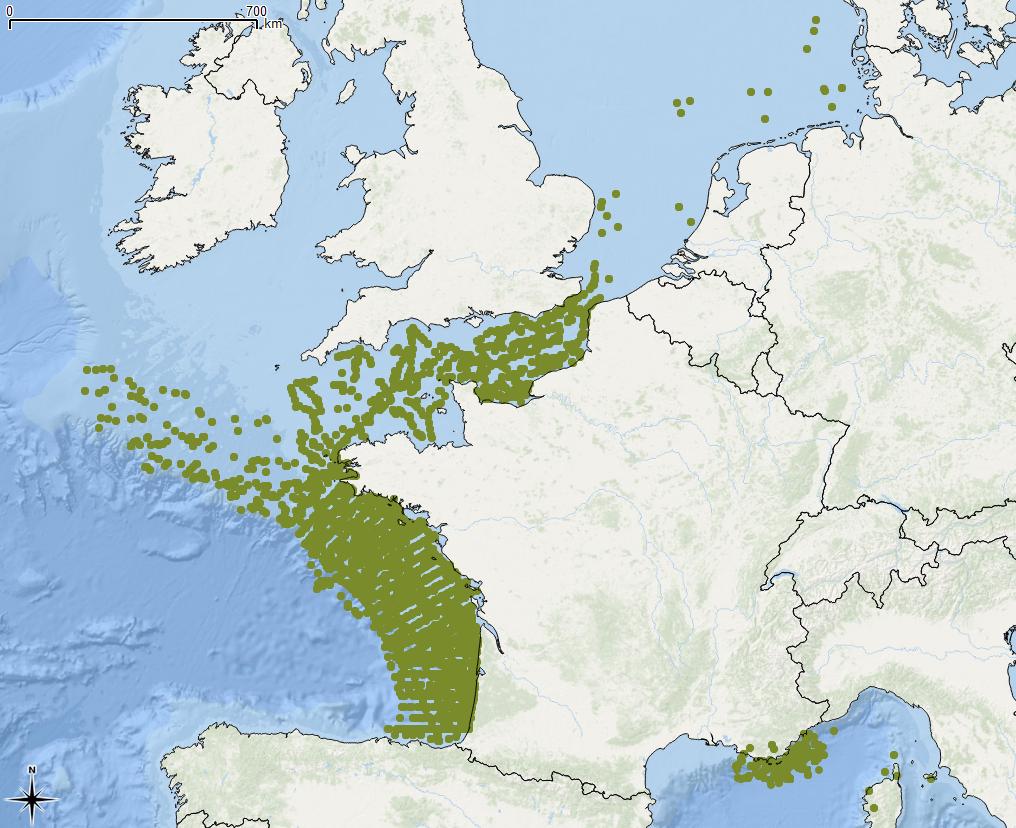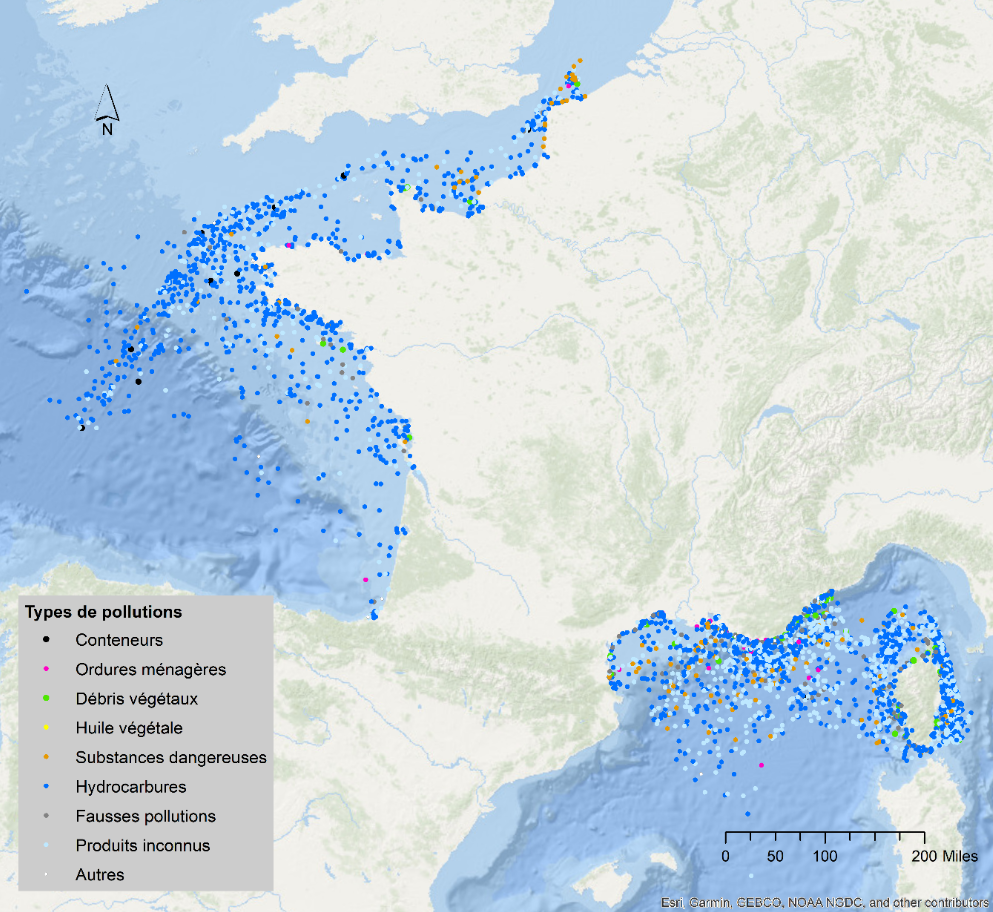environment
Type of resources
Available actions
Topics
Keywords
Contact for the resource
Provided by
Years
Formats
Representation types
Update frequencies
status
Scale
Resolution
-

This dataset presents the resulting assessment grid (based on the EEA reference grid) with the classification of chemical status of the transitional, coastal and marine waters in the context of the Water Framework Directive (WFD) and the Marine Strategy Framework Directive (MSFD). This classification has been performed using the CHASE+ tool, with classifications of the matrices ‘water’, ‘sediment’ and ‘biota’ and indicators of ‘biological effects’, as well as an integrated classification of chemical status, combining results of all matrices. The chemical status is evaluated in five classes, where NPAhigh and NPAgood are recognised as ‘non-problem areas’ and PAmoderate, PApoor and PAbad are recognised as ‘problem areas’. This is the assessment made excluding concentrations of metals. The overall area of interest used is based on the marine regions and subregions under the Marine Strategy Framework Directive. Additionally, Norwegian (Barent Sea and Norwegian Sea) and Icelandic waters (’Iceland Sea’) have been added (see Surrounding seas of Europe). Note that within the North East Atlantic region only the subregions within EEZ boundaries (~200 nm) have been included. This dataset underpins the findings and cartographic representations published in the report "Contaminants in Europe's Seas" (EEA, 2019).
-

L’objectif général de ce projet de thèse est d’analyser et d’évaluer les données sources (actuelles et potentielles) des matrices de changements d’occupation du sol afin d’améliorer la robustesse de l’inventaire. Il s’agit d’expertiser par une démarche scientifique la pertinence des travaux réalisés annuellement pour l’inventaire UTCATF. En particulier, il s’agit de comprendre les causes des incertitudes des données sources ; compiler les données disponibles et leurs métadonnées ; étudier qualitativement les dynamiques paysagères décrites ; et redéfinir un cadre méthodologique permettant d’estimer des taux de changements plus pertinent.
-

Individuals from 5 populations were kept in common garden conditions in order to examine acclimation and adaptation to temperature in the honeycomb worm. Worms were exposed to 5 temperature treatments, and collected for RNAseq analysis. Gene expression patterns were then examined.
-

-
The maps show the network of protected marine areas (AMP) in mainland France, used to inform users of sea conditions and to inform authorities via display boards in port offices or any other public location. A protected marine area is a defined area at sea intended to protect the natural environment on a long-term basis. The list of protected marine areas is not exhaustive and not all such areas are visible due to the chart scale.
-
Rapport final ONF
-

Extrait de l'Atlas Aquitaine, Limousin et Poitou-Charentes sur la filière forêt-bois
-

-

Ce jeu de données représente sous forme de polygones, les espaces situés à moins de 200m de terrains en nature de bois et forêt, appelés "zones exposées au risque feu de forêt", dont les paramètres sont précisés par l'article R133-5 du Code forestier. Ces zones sensibles au risque d'incendie de forêt comprennent les formations forestières ainsi que la zone périphérique de 200m de large les entourant. Sur cet ensemble s'applique une règlementation particulière afin d'y réduire le risque. Notamment concernant l'obligation légale de débroussaillement qui s'applique dans ces espaces, cette cartographie est annexée aux plan locaux d'urbanisme ou aux documents d'urbanisme en tenant lieu (article L134-15 du Code forestier).
-

Analysis of tuna stomach contents
 Catalogue PIGMA
Catalogue PIGMA